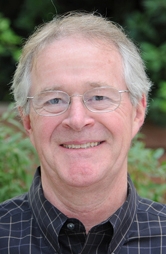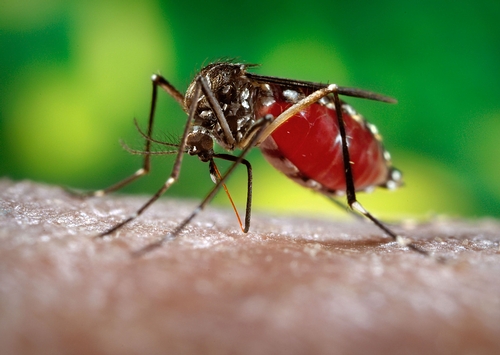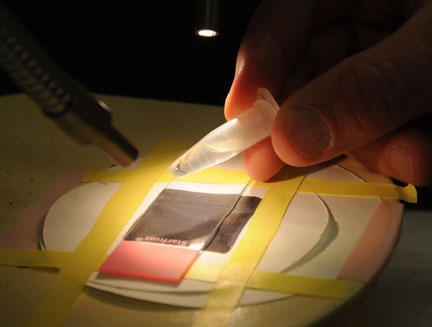
His foe? The day-biting, tiger-striped mosquito, Aedes aegypti. It transmits a virus that causes dengue, sometimes called "break-bone fever."
It's the world’s worst insect-transmitted virus.
And it's on the rise.
Noted science writer Carl Zimmer, former senior editor of Discover who now lectures at Yale University, recently interviewed Scott for his blog and podcast, posted on the Discover website.
"Spread by mosquitoes, it can make you feel as if your bones are broken and leave you exhausted for months," writes Zimmer, who teaches Yale University students how to write about science and the environment. "In more serious cases, people suffer uncontrollable bleeding and sometimes die. Dengue is expanding its range, and is even making incursions into the United States. Scott and I talk about what scientists know and don't know yet about dengue, and what the best strategy will be to drive the virus down."
When Scott leaves his mosquito research laboratory at UC Davis, he’s likely heading for his field stations in Peru, Thailand or Mexico to try to stop that killer mosquito from transmitting dengue.
Scott’s goal: to save lives through research, surveillance and implementation of disease prevention strategies.
“I study the patterns of human infection with dengue virus, doing detailed studies of mosquito populations and disease in humans in order to predict which prevention strategies work the best,” said Scott, who assesses risks, develops computer models and implements disease prevention strategies.
The culprit: Aedes aegypti, or the yellow-fever mosquito, that transmits dengue virus to people.
The disease: Dengue, caused by any one of four serotypes or closely related viruses known as DEN-1, DEN-2, DEN-3, or DEN-4. Nicknamed “break-bone fever,” classic dengue is characterized by high fever, headaches, muscle and joint pain, nausea, vomiting and a rash.
At risk: Some 2.5 to 3 billion people, primarily in tropical and sub-tropical countries around the world.
The prevalence: Some 50 to 100 million annual cases of debilitating dengue fever. The most severe form of the disease, dengue haemorrhagic fever (DHF), strikes half a million a year, according to the Centers for Disease Control and Prevention. An estimated 5 percent with DHF die.
There’s no vaccine. There’s no cure. The only way to prevent this disease is to kill the mosquito vector.
Scott directs the state-funded UC Mosquito Research Laboratory, based in Briggs Hall on the UC Davis campus. His team includes UC Davis associate professor and medical entomologist Anthony “Anton” Cornel, based at the Kearney Agricultural Center, Parlier; researcher Amy Morrison who lives in Iquitos, Peru and has directed their research there since 1999; program manager Leslie Sandburg; postdoctoral and graduate students; and a long list of collaborators at his field sites in Mexico, Peru and Thailand.
Listen to the podcast and learn how Thomas Scott (who at 6-foot, 6 inches tall, towers over his tiny foe) is battling this killer.
(Editor's note: Professor Scott will be teaching a winter course on medical entomology at UC Davis, discussing such diseases as malaria, dengue, West Nile virus, lyme disease, yellow fever, and river blindness.)
Attached Images:

Killer Mosquito

At work